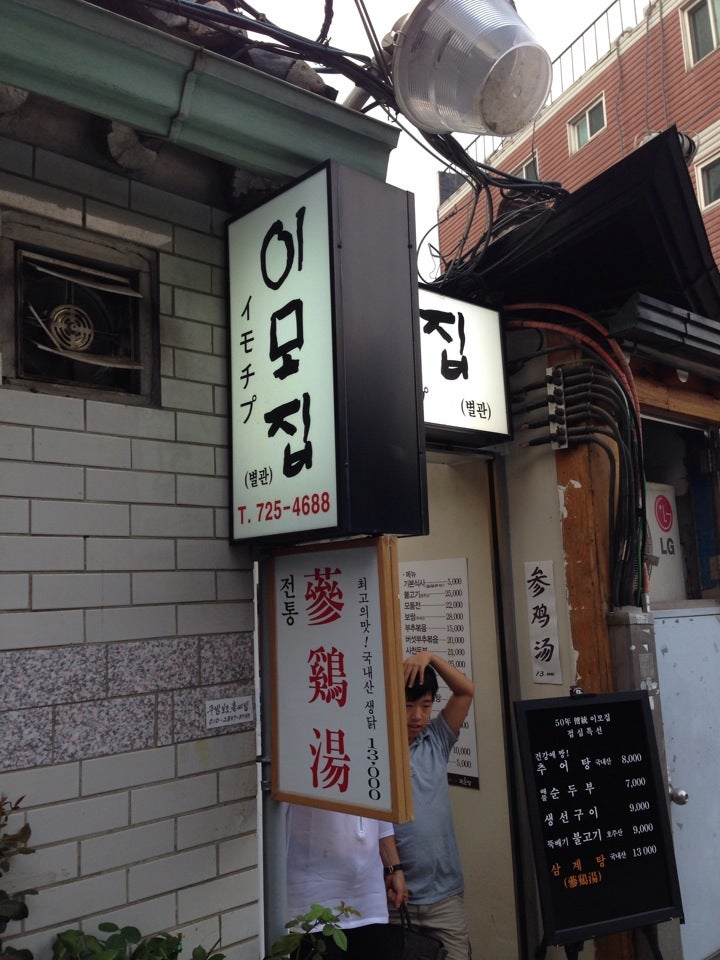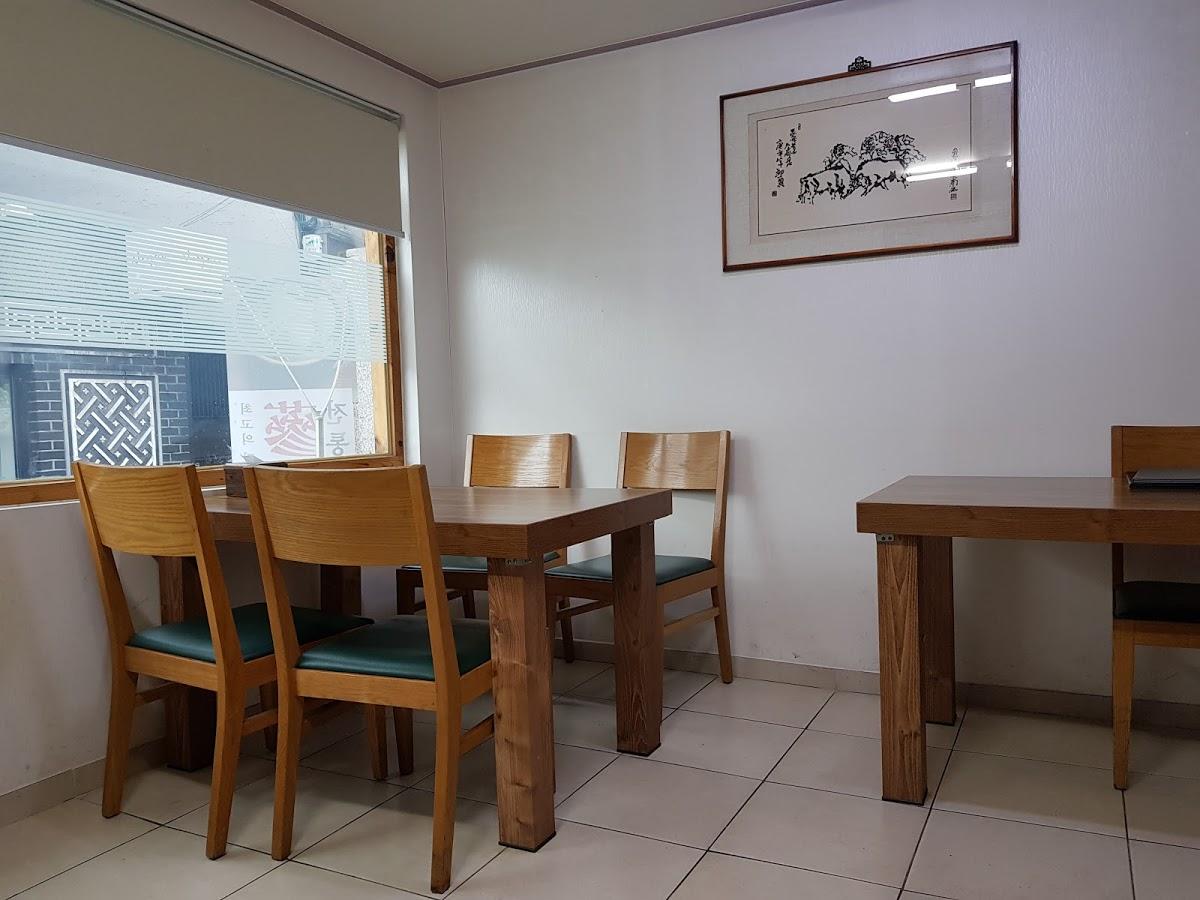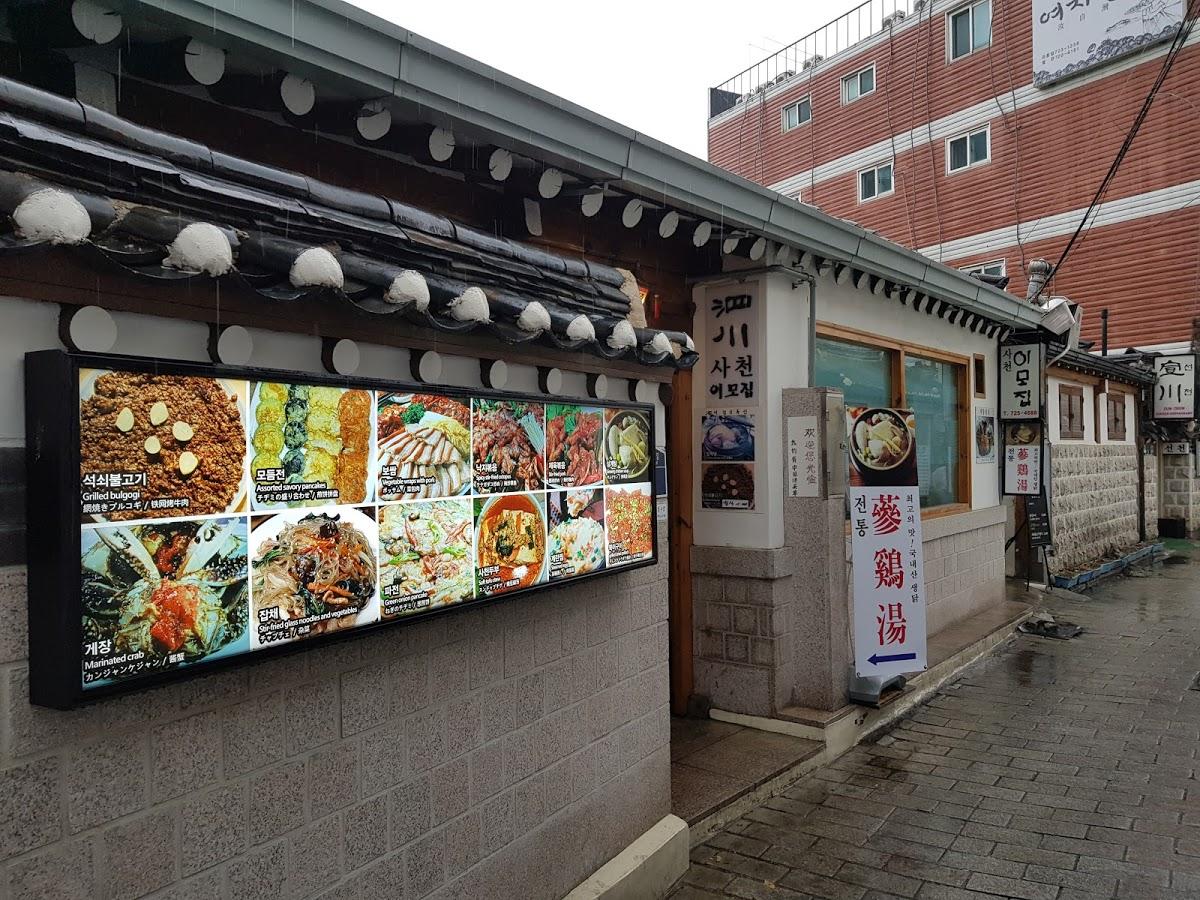Today in this article we are going to discover a traditional restaurant located in the famous Insadong district. This is the Imojib (이모집) establishment which offers several traditional dishes on the menu.

Description :
Upon arrival at Imojib, you will be offered a choice between two seating options. The first option is a small room with several wooden tables and chairs, while the second option offers a more traditional experience, with seating on the ground. The restaurant has two rooms to accommodate both preferences. During our visit, we opted for a table with chairs, but if you want to try the traditional way of dining, don’t hesitate to choose the second room. The staff at Imojib are welcoming and friendly. In case you face any language barriers, you can place your order in English, as the staff is proficient in the language.


The menu :
At Imojib, a traditional Korean restaurant, you can choose from a variety of classic Korean dishes, including Bulgogi, Bossam, Pajeon, and many others.
Bulgogi

Bulgogi, which translates to “meat on fire,” is a traditional Korean dish that involves marinating and grilling beef or pork. The cooking method can vary from grilling over embers to pan-frying or boiling, depending on the desired taste and texture. Beef is typically marinated with soy sauce, sugar, sesame oil, or Korean pear juice, while pork is often marinated with chili paste (gojujang) and ginger. Bulgogi can be enjoyed in various ways, such as wrapped in a leaf with rice and a side dish like kimchi, or in sesame leaves that have been marinated with chili powder and salt. Additionally, soybean paste mixed with kochujang, fresh sesame leaves, whole raw garlic, or other ingredients can be added to this salad wrap.
Bossam

Bossam is a dish in Korean cuisine made of boiled pork shoulder that is thinly sliced after being cooked with spices. It is typically served with an array of side dishes, including spicy radish salad, sliced raw garlic, ssamjang (wrap sauce), saeu-jeot (salted shrimp), kimchi, and ssam (wrap) vegetables such as lettuce, kkaennip (perilla leaves), and inner leaves of a napa cabbage. This dish is commonly served in South Korea as anju, which refers to food that accompanies alcoholic drinks. To enjoy the dish, diners wrap the meat and side dishes in the ssam vegetables, which explains the name “bossam,” meaning “wrapped” or “packaged.”
Pajeon

Pajeon is a Korean dish that features scallions as its main ingredient, with “pa” meaning scallion in Korean. It is a type of jeon, which is made from a batter of eggs, wheat flour, rice flour, scallions, and sometimes other ingredients depending on the variety. Popular ingredients used include beef, pork, kimchi, shellfish, and other seafood. If a certain ingredient like squid dominates the jeon, it will be reflected in the name such as “ojing’eo jeon” which means “squid jeon”.
Pajeon is easy to recognize with its prominent scallions visible in the dish. It may resemble a Chinese scallion pancake, but it has a less dense texture and is not made from dough.
More info about Imojib (이모집)
- Opening time
12:00 – 22:00
- Price
I don’t have the prices for samgyetang and japchae anymore, but for a bulgogi it’s 28000 won and for an assortment of pajeon (모듬전) the price is 25000 won.
- Address
10-3, Insadong 14-gil, Jongno-gu, Seoul.

